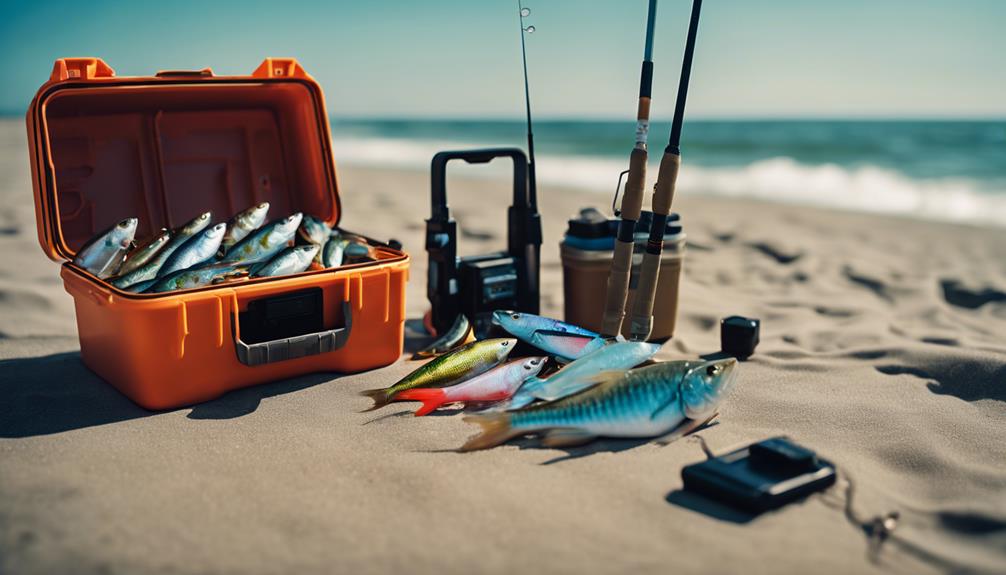Introduction to Canadian Fly-In Fishing
Canadian fly-in fishing is a unique and exhilarating way to experience some of the most breathtaking wilderness and pristine waters that Canada has to offer. This fishing method allows anglers to access remote lakes and rivers that are often untouched by human activity, providing an unparalleled opportunity for both novice and experienced fishermen. The allure of fly-in fishing lies not only in the fishing itself but also in the stunning natural scenery, wildlife encounters, and the thrill of adventure. In this comprehensive guide, we will explore the ins and outs of Canadian fly-in fishing, including the best locations, techniques, and tips to ensure your fishing trip is a memorable one.
Choosing the Right Location for Fly-In Fishing
When it comes to Canadian fly-in fishing, choosing the right location is crucial for a successful trip. Canada is home to countless remote fishing lodges and outposts, each offering its unique charm and fishing opportunities. Popular destinations include Ontario, British Columbia, and Alberta, where anglers can find an array of species such as Northern Pike, Lake Trout, and Walleye. Researching your options based on the type of fish you want to catch, the kind of accommodations you prefer, and the available amenities will help you select the perfect location. Many lodges offer guided fishing trips, which can enhance your experience and improve your chances of landing that trophy fish.
The Best Time of Year for Fly-In Fishing in Canada
Timing is everything when it comes to Canadian fly-in fishing. The best season for fishing varies depending on the species you’re targeting, but generally, the summer months from June to September are the most popular. During this time, fish are more active and feeding heavily, making it easier for anglers to catch them. Early summer is ideal for targeting species like Lake Trout, while late summer is perfect for Walleye and Northern Pike. Additionally, consider weather patterns and local fishing regulations, as these factors can also impact your trip. Always check with your chosen fishing lodge for the best times to visit, as they often have valuable insights based on their experience.
Essential Gear and Equipment for Fly-In Fishing
Having the right gear is vital for a successful Canadian fly-in fishing trip. Depending on the species you’re targeting, you’ll need to pack appropriate fishing rods, reels, and tackle. A medium to heavy-action rod is typically suitable for most freshwater fishing scenarios. Additionally, don’t forget to bring a selection of lures, flies, and bait that are known to attract the species you’re after. It’s also wise to pack essential safety equipment such as life jackets, a first aid kit, and a map of the area. Since space is often limited when flying into remote locations, consider using lightweight and compact fishing gear to maximize your packing efficiency.
The Art of Fly Fishing Techniques
Fly fishing is an art form that requires practice and patience. If you’re new to the sport, take the time to learn the basics of casting, retrieving, and knot tying before your trip. Some popular techniques for Canadian fly-in fishing include dry fly fishing, nymphing, and streamer fishing. Each method has its advantages and is suited for different fishing conditions and species. For instance, dry fly fishing is great during hatch seasons when insects are abundant, while streamer fishing can be more effective during colder months when fish are less active. Practicing these techniques will not only improve your chances of catching fish but also enhance your overall fishing experience.
Wildlife Encounters and Nature Appreciation
One of the most rewarding aspects of Canadian fly-in fishing is the opportunity to immerse yourself in nature. The remote locations that are accessible through fly-in fishing are often home to diverse wildlife, including moose, bears, eagles, and various bird species. Observing these animals in their natural habitat can add an extra layer of excitement to your fishing adventure. Remember to respect the environment and wildlife by following local regulations, maintaining a safe distance, and practicing Leave No Trace principles. Engaging with nature in this way enhances your fishing experience and contributes to the preservation of Canada’s beautiful landscapes.
Planning Your Fly-In Fishing Trip: What You Need to Know
Planning is key to a successful Canadian fly-in fishing trip. Start by selecting a reputable lodge or outfitter that specializes in fly-in fishing. Look for reviews and testimonials from previous guests to ensure you find a provider that meets your expectations. Once you’ve booked your trip, create a packing list that includes all necessary gear, clothing suitable for various weather conditions, and any personal items you might need. Additionally, consider travel logistics such as flight arrangements to the nearest airstrip and transportation to your lodge. Proper planning can alleviate stress and allow you to focus on enjoying your fishing adventure to the fullest.
Conclusion: The Magic of Canadian Fly-In Fishing Awaits
In conclusion, Canadian fly-in fishing offers an extraordinary experience that combines adventure, relaxation, and the thrill of fishing in some of the most stunning locations in the world. By choosing the right destination, timing your trip wisely, and preparing adequately, you can maximize your chances of landing that prized catch while enjoying the beauty of Canada’s wilderness. Whether you’re a seasoned angler or a beginner looking for a new experience, fly-in fishing in Canada promises to be an unforgettable journey. So pack your gear, book your trip, and get ready to create lasting memories in the great outdoors!
By following the insights provided in this guide, you’ll be well on your way to experiencing the magic of Canadian fly-in fishing. Embrace the adventure, connect with nature, and most importantly, enjoy every moment on the water!
